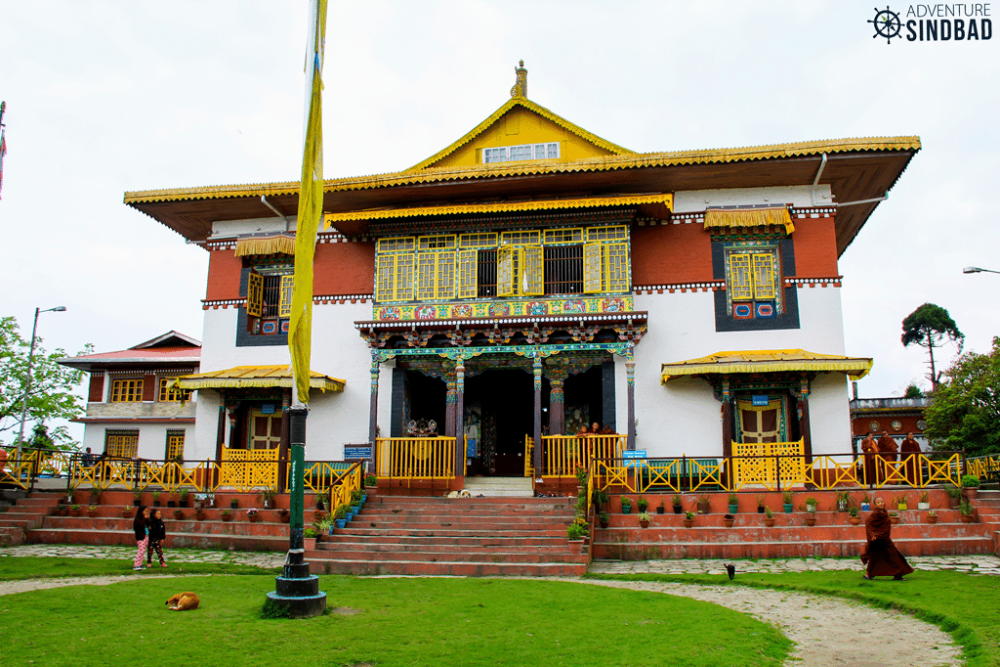

Pemayangtse Monastery is not only one of the oldest and most prestigious monasteries in Sikkim but also a vital cornerstone in the history of tourism in this region. Located near Pelling, the monastery has been a beacon of spiritualism and culture since its establishment in the 17th century by Lama Lhatsun Chempo, one of the revered lamas in Sikkim's history.
The monastery originally served as a retreat for monks of pure Tibetan lineage and has since been closely associated with the history and rulership of Sikkim. It played a crucial role in the consecration of the first Chogyal (Monarch) of Sikkim, Phuntsog Namgyal. Its name, translating to "Perfect Sublime Lotus," symbolizes its sanctity in Sikkimese culture.
Over the years, Pemayangtse Monastery has stood as an exemplary architectural marvel, drawing tourists and devotees alike with its stunning structure and intricate designs that are hallmarks of Tibetan Buddhist style. The three-storied building houses numerous sculptures and wall paintings significant to Buddhism, and it commands a breathtaking view of the Himalayan ranges and the Pelling valley.
The introduction of tourism in Sikkim can be traced back to the early 20th century when adventurers and mountaineers began to explore the Himalayas. Sikkim, with its untouched natural beauty and rich cultural heritage, quickly became a coveted destination. The establishment of the Sikkim Tourism Development Corporation in the 1960s further served to promote the region's attractions, including the revered Pemayangtse Monastery.
With the surge in cultural and eco-tourism, Pemayangtse Monastery has become a focal point for those looking to experience Sikkim's religious traditions. Festivals like Losar (Tibetan New Year) and the Cham dance performed here during the annual Pemayangtse Monastery festival have been major draws for both domestic and international tourists. Moreover, the development of homestays and eco-friendly hotels in Pelling facilitates a deeper cultural exchange and a more immersive experience for visitors.
Accessibility to the monastery has significantly improved over the years. Sikkim's opening of the Pakyong Airport in 2018 is a recent example of efforts to make remote areas like Pelling more accessible to tourists. The effort to integrate tourism with sustainable practices also reflects in the infrastructure that connects travelers to sites like the Pemayangtse Monastery.
As Sikkim continues to evolve as a tourist destination, the Pemayangtse Monastery remains an epitome of the region's devout spirituality and cultural grandeur. It is not simply a tourist destination but a journey into the heart of Sikkim's history, offering a profound connection between the past and present, attracting those in search of enlightenment, cultural enrichment, and natural beauty.
For those interested in visiting, the Pemayangtse Monastery is open year-round, with the best time to travel being between March to June and September to December. Visitors are expected to respect the sanctity of the monastery and adhere to local customs and etiquette when touring the site.